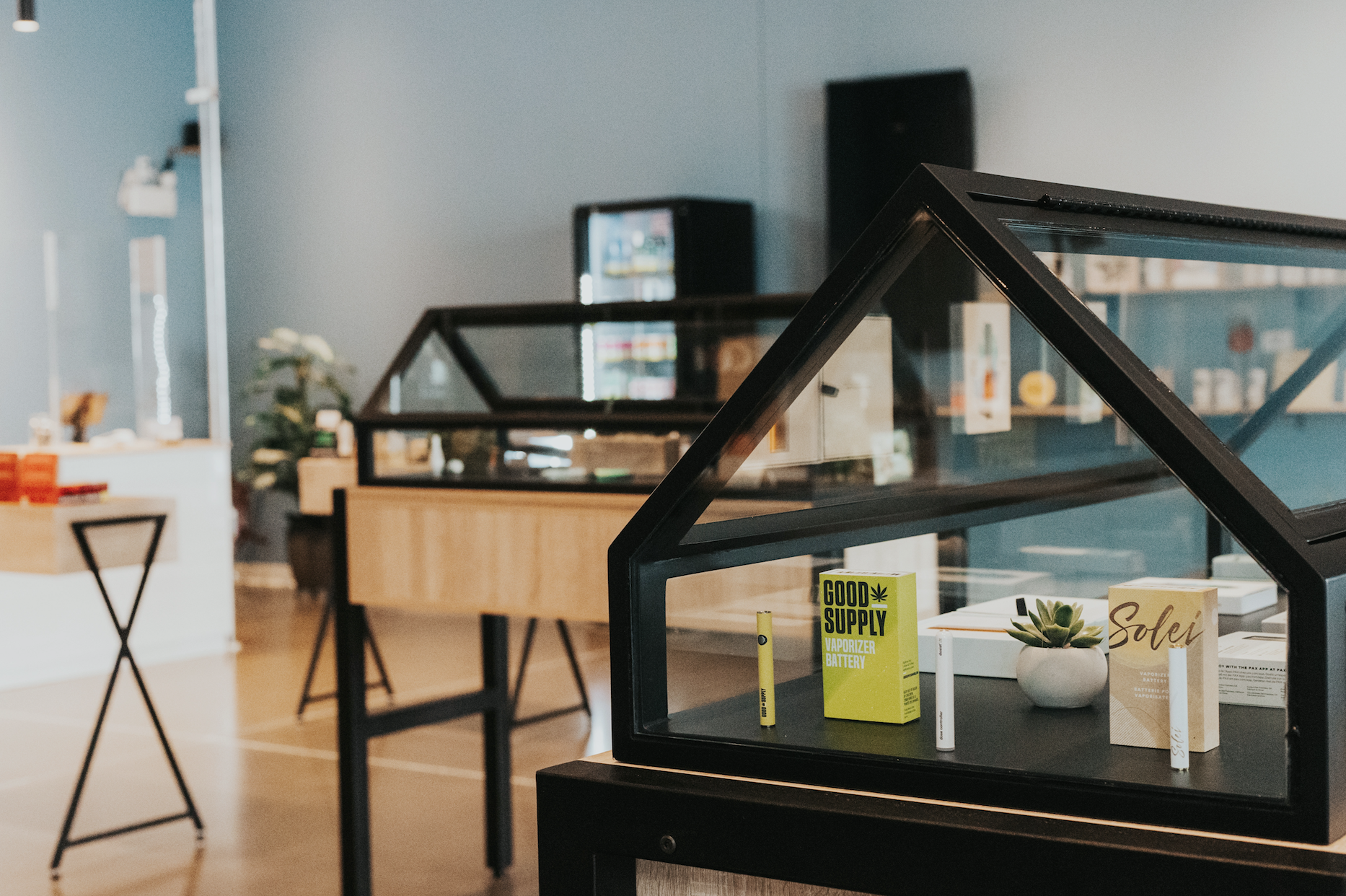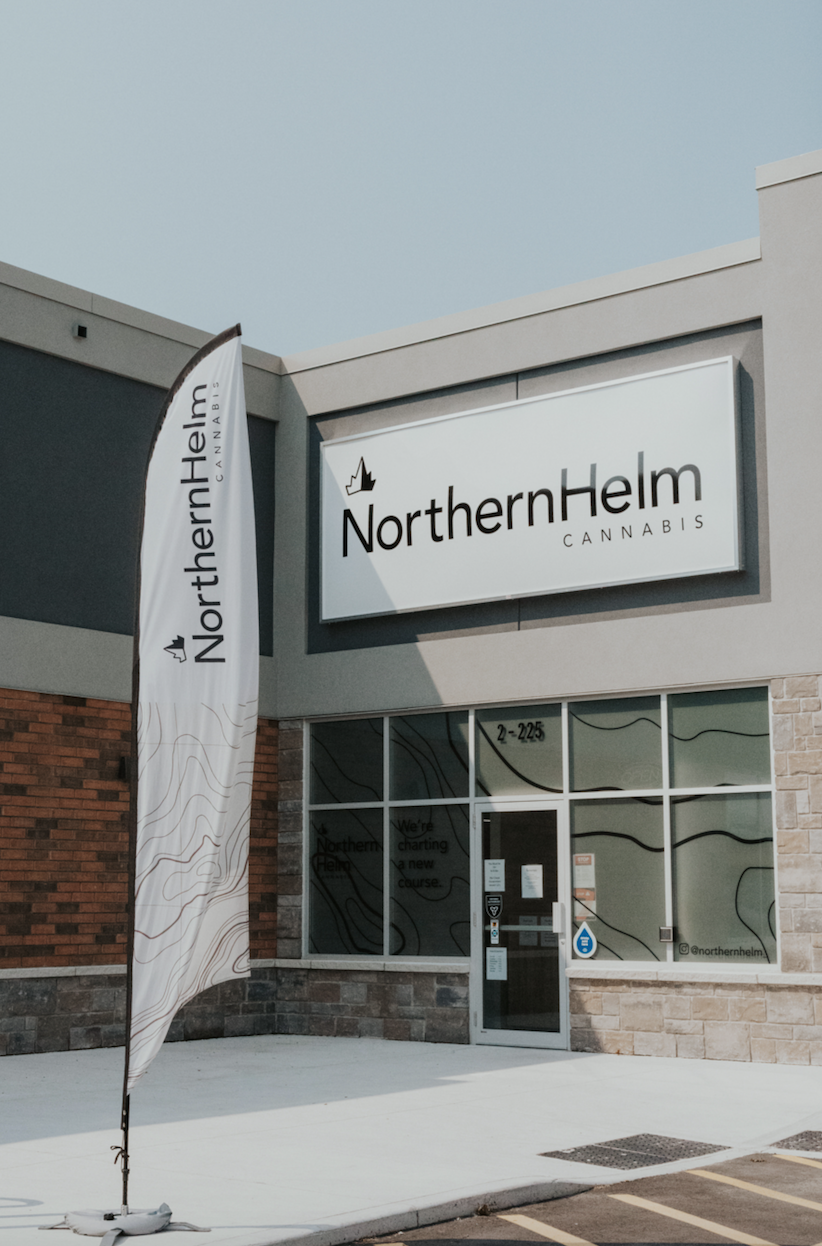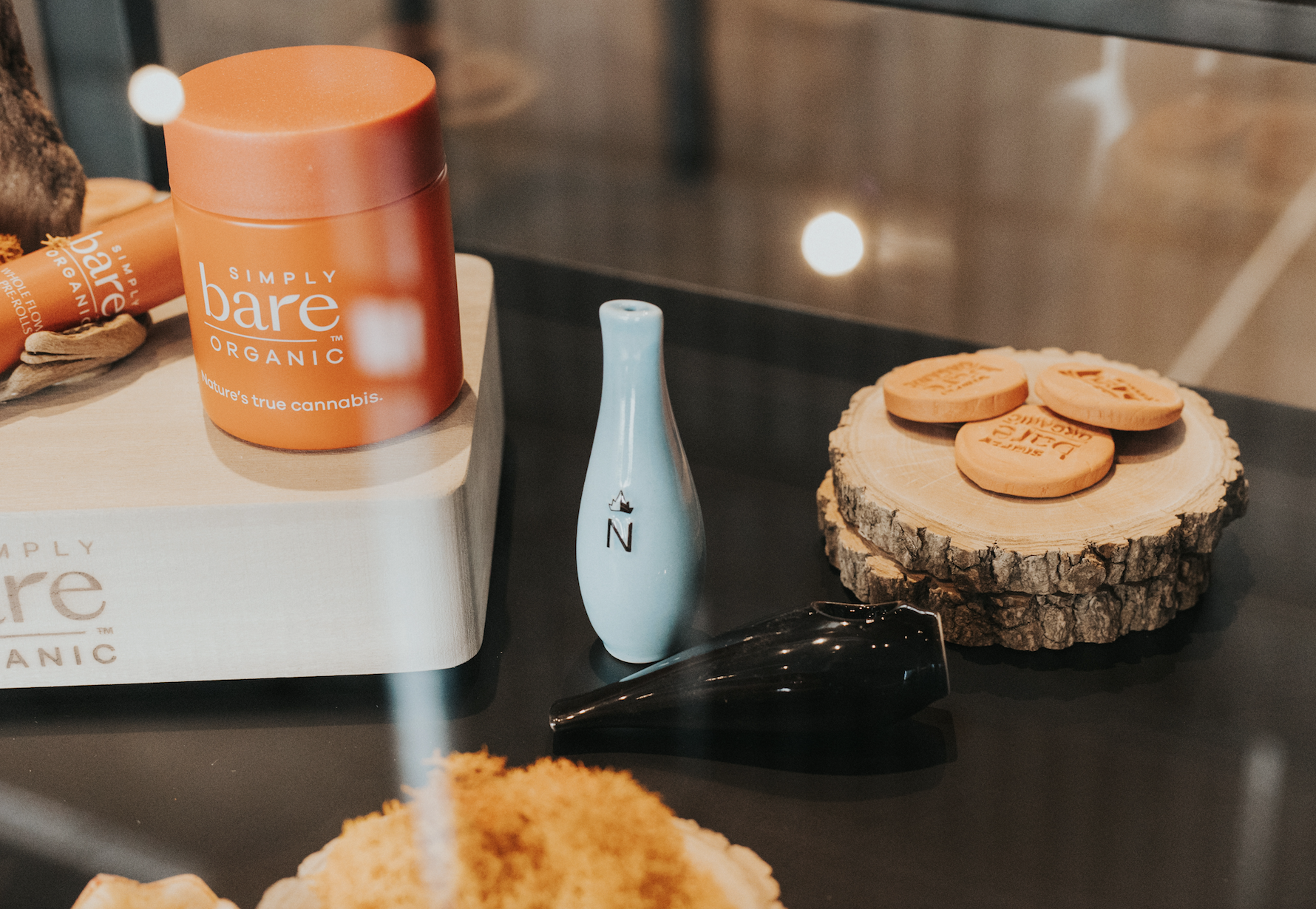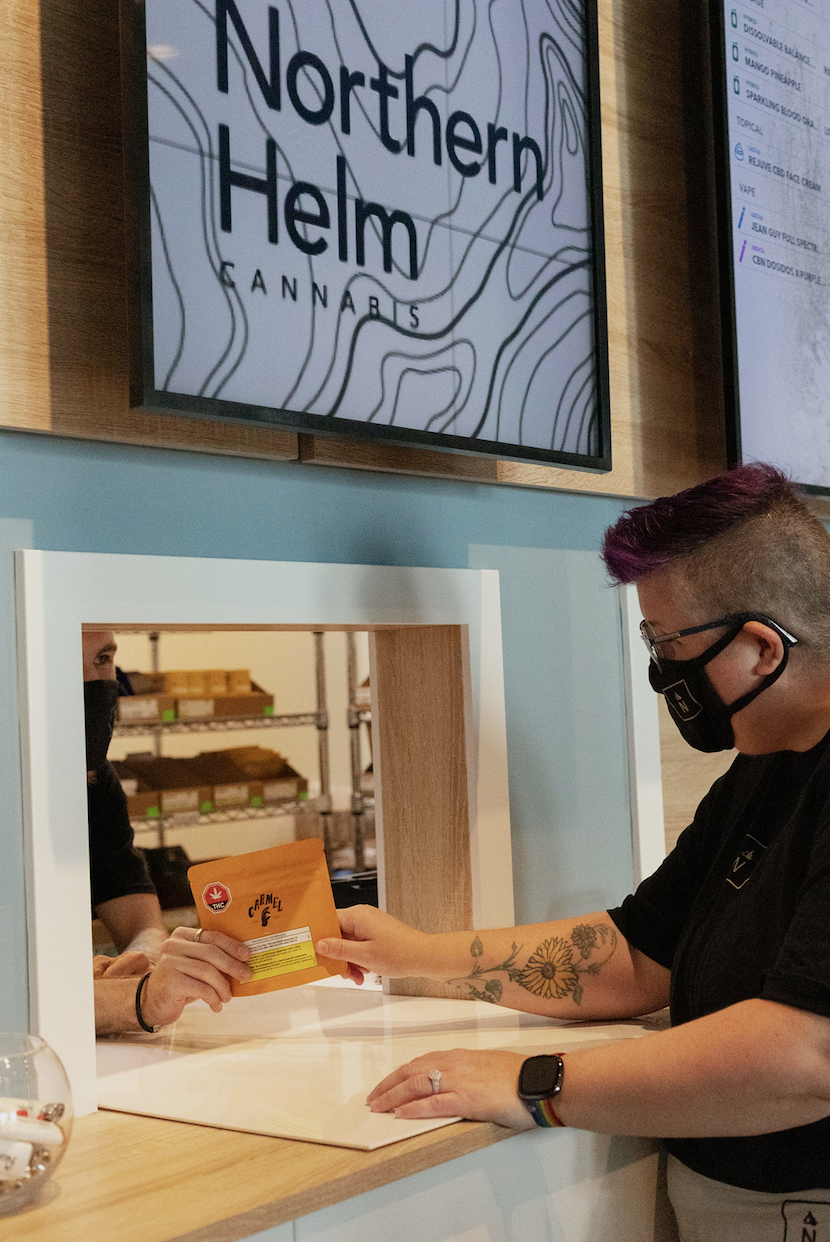Time to meet the cannabis retail expert who opened six stores during the pandemic.

Today, HOLR is sitting down to chat with David Côté, CEO of Northern Helm. David is a successful cannabis retailer owner who has first-hand knowledge and insight into the changing face of the industry. As the CEO of Northern Helm, and after having opened six stores across Ontario in the summer of 2021, David shares with us some tips and tricks about what it takes to stand out in a saturated market, how consumer retail habits have shifted during the pandemic, and where the industry is headed.

Can you talk to us about how the Cannabis retail industry has changed since legalization?
So much has changed! It’s so great. I’m extremely lucky to have been in this for a few years and worked with some incredible people along the way. Pre-legalization, the regulations were murky at best and we didn’t know how consumers were going to react to this new world order. We were making decisions on flows through the stores based on data from grocery, liquor, and jewelry stores. Some of the assumptions were right (good lighting does go a long way!) and some were less than accurate (“everyone will pay in cash because who would want a cannabis purchase on their credit card!?”).
We spent months trying to figure out who the “cannabis consumer” was before those first stores opened. On 10.17, our team opened two stores in Winnipeg and what was abundantly clear after hours working the till serving guests: there was no one “cannabis consumer”. That day alone, I served a 19-year-old and a 91-year-old and what felt like every age in between, representing countless identities, backgrounds, and experiences. It was eye-opening in the absolute best way.
Since legalization, more and more brands are positioning themselves to serve a specific guest, which is amazing for all consumers. Brands and retailers are learning how to continuously improve the experience for all those involved. The underlying systems are getting away from being cannabis-specific, instead of focusing on what best-in-class retail operations would require. The experience has come a long way in the last few years, but still has a long way to go before “normalization”. I believe we’ve made great strides and I’m excited to keep learning and growing.

As CEO of Northern Helm, a Cannabis retail chain, what does it take to stand out in a saturated
market?
There’s saturation in the coffee market, in the grocery market, in the clothing market, but each player that lasts the test of time has figured out what consumer they’re serving and speaks to them in a way that resonates. Who in the cannabis space is speaking to the mom who achieves the impossible by working, raising kids, and managing to fit in a yoga class every now and then? Where is she already shopping? What is she looking to achieve when she has downtime? Northern Helm locations are in the suburbs, close to other places that are already part of her routine. Our social media focuses on celebrating the daily wins and reminds us all to take a breath – something she sometimes needs to be reminded of, amid the rest of the excitement in her life. Then, when she enters the store, she’s in an environment that feels familiar, with textures and colours that remind her of her favourite coffee shop. The products are arranged in a way that makes it easy for her to explore and are curated to her taste and desire. This is normal. We’re going to keep scaling this normal and learning from our consumers every step of the way.

How do you think consumer retail habits have shifted during the pandemic?
Every category of retail has had its e-commerce requirements amplified through the pandemic. Cannabis retail is no different. But I believe this negative has created a great positive for the space: before the pandemic, I was still with Tweed and Tokyo Smoke, where we had only properly rolled out e-commerce for Manitoba and Saskatchewan. Ontario hadn’t yet opened up for delivery, other than through the government-run OCS.ca, so we had to act quickly to create an environment that could serve consumers in this new to the (legal) industry format. If we weren’t put in this position and forced to adapt, most stores likely wouldn’t have such a robust omnichannel offering to consumers today. It’s fantastic! We all have different definitions of what “convenient” is: I find it to be convenient to browse an online menu before going into a store, so I know approximately what I’m looking for, but still leave myself open to on-the-fly audibles. Another person’s definition might include walking into a store and being able to chat with a team member for a few minutes to determine their desired purchase. Another person might determine “convenient” to them means ordering directly from the store website and receiving the product at their front door in an hour. All of these definitions can be properly served in the cannabis retail space and I believe the pandemic was a good driver of change and forced us all to mature the industry faster than it may have otherwise. It’s nice making lemonade from the lemon that has been the pandemic.

Where do you think the Cannabis retail industry is headed?
The industry is going to continue adapting to fit consumer wants and needs. This will occur in a couple of ways: cannabis brands will listen more and more to consumer needs when developing products and retail experiences. And more specific to retail itself, stores will evolve to meet specific target audiences and eventually hit the point of attaining brand affinity. We see this in other mature markets, like coffee or grocery, where the retail environment and communication are set up to speak to a subset of the population. Stores that try to be all things to all people won’t survive. The line that was found on every cannabis retail website post-legalization was “we’re here for the cannasseurs and the canna-curious”, which I take to mean “we don’t know who our customer is, but we have cannabis to sell.”
In the past few years, we’ve learned more and begun accepting the idea that yes, a person walking into a cannabis store might be a cannabis consumer, but that’s not the only way they’re defined: they may be a loving parent, professional accountant, avid jogger, so-so dancer, amateur artist, monthly mortgage payer, and part-time baker (new hobby acquired during the pandemic, of course), that happens to also consume cannabis as part of their normal life. In the same way, we know that someone walking out of a Starbucks or Tim Hortons or Cops Coffee is defined by more than a “coffee drinker”, cannabis consumers hold many titles. I think the wonderful fact that Ontario and Alberta are going to be oversaturated with stores allows consumers to quickly determine which stores adequately speak to their needs – the others will adapt or close. In two years, Ontario has gone from 25 stores operating to over 1,000: we can agree that not all the stores are ideally spaced (looking at you, Queen West), but the market is being served and is in a position to quickly delineate the good from the bad. The stores that create an environment that matches the other spaces where consumers already feel comfortable and speak to them in terms that fit in with the rest of their day-to-day will be around for years to come. It’s not a coincidence that the Northern Helm stores have elements drawing inspiration from cafés, health food boutiques, and our home stores – retail is retail.
Published by HOLR Magazine.


